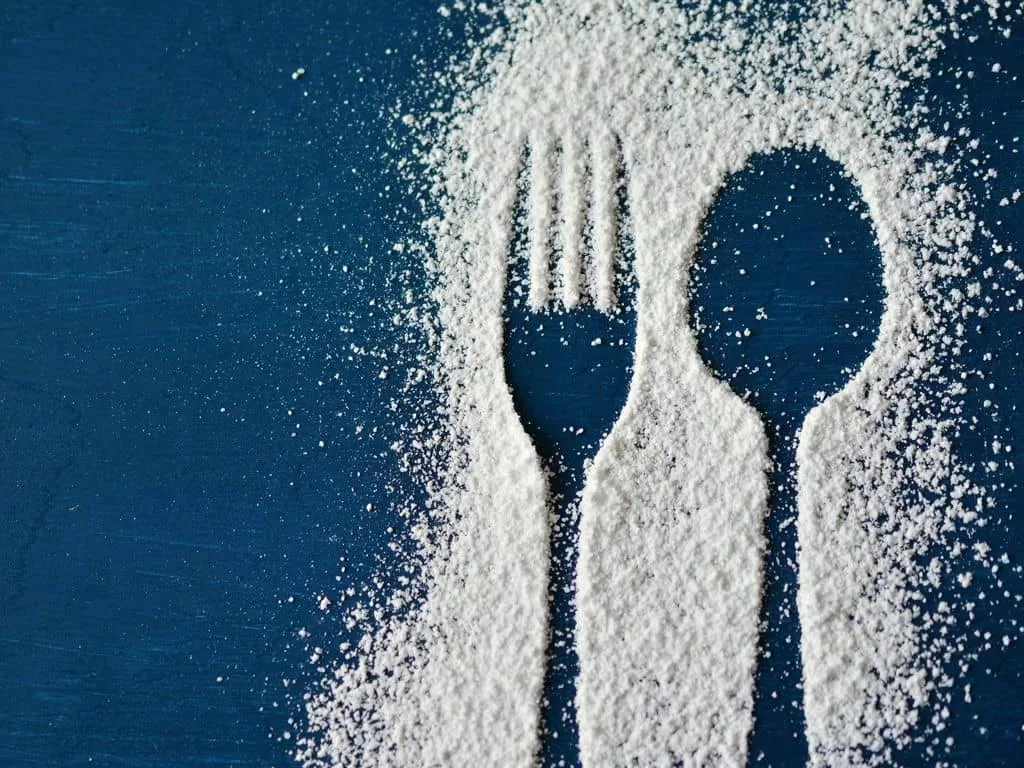There is increasing pressure from consumers and the Government to reduce the amount of sugar in food products. There are many ingredients available but selecting the most appropriate solution for your product can be confusing and time consuming. This guide from RSSL is designed to help you with the process of reducing sugar.
Target Consumer
Your target consumer will influence your sugar reduction strategy. Parents may be less willing to accept artificial or unfamiliar ingredients in the products that they give to their children. Additionally, there may be more scope to reduce the sweetness intensity of products for children as they may be new to the product or have only consumed it for a short period of time. Communication of the benefits to the consumer in a meaningful way is key to the success of a reduced sugar product. This may also need to include some education on unfamiliar ingredients such as naturally derived sweeteners.
No Added Sugar or Reduced Sugar
The decision on whether to go down the no added sugar/ sugar free or reduced sugar route will influence your ingredient choice and labelling. Certain ingredients such as high potency sweeteners and polyols are only permitted in no added sugar products or products which are 30% lower in energy than the original product or a similar product. Sweeteners will usually be needed in no added sugar/ sugar free products whereas reduced sugar products may only require bulking agents. A reduced sugar claim can only be made on the front of pack where the sugar has been reduced by 30% compared to the original or similar product.
‘Natural’ and/or Label Friendly
Consumers are becoming increasingly suspicious of unfamiliar or ‘chemical sounding’ ingredients. This, coupled with a number of health scares reported in the media, has resulted in a push to develop naturally derived or more label friendly ingredients. It is important to recognise that these ingredients may not have the same taste profile or functionality as their well-established counterparts and, therefore, careful formulation is required to get the optimal performance in your product.

Cost
If it is possible to replace the bulk of sugar with water and the sweetness using a high intensity sweetener (e.g. beverages, some desserts and sauces) then your ingredient costs may remain the same or even decrease. However, if it is necessary to use a bulking agent then it is likely that ingredient costs will increase. Consumers are often unwilling to pay more for a product in which a component has been reduced (something has been taken away so it must be cheaper!) so it may be necessary to rethink how the product is packaged, branded and priced.
NPD or Reformulation of Existing Products
It is in many ways easier to formulate a new product with no added sugar or a lower level of sugar as there is no expectation that the product will match an existing product. However, this will bring all the risk associated with launching a new product or brand. Reformulating existing products is challenging as consumers can perceive differences even at very small reductions in sugar. Offering the consumer a choice of the full sugar product and a sugar free or reduced sugar option is a route many manufacturers choose to take.
Intense Sweeteners or Bulking Agents
The decision on whether to use high intensity sweeteners, bulking agents or both will depend on your food matrix and choice of no added sugar/sugar free or reduced sugar. It is possible to use water and a high intensity sweetener to replace sugar in high moisture products (as long as the product is 30% lower in energy than the current product or a similar product). All other products will require a bulking agent, these include polyols, which provide bulk and sweetness (but also need to meet the requirement for energy reduction when used as sweeteners and the product will need to carry a laxation warning if the polyol makes up more than 10% of the formulation), longer chain carbohydrates, which will not result in a calorie reduction, or soluble fibres, which provide little or no sweetness.
By Carole Bingley
Carole is an Associate Principal Scientist working in the Product and Ingredient Innovation Team at RSSL. She holds a Bachelor of Science in Food Science and a Master of Science in Nutritional Medicine. Carole has worked with a wide range of sweeteners and bulking agents across many food categories during her 25 years in the food industry.

